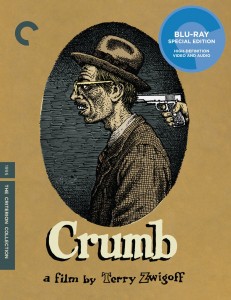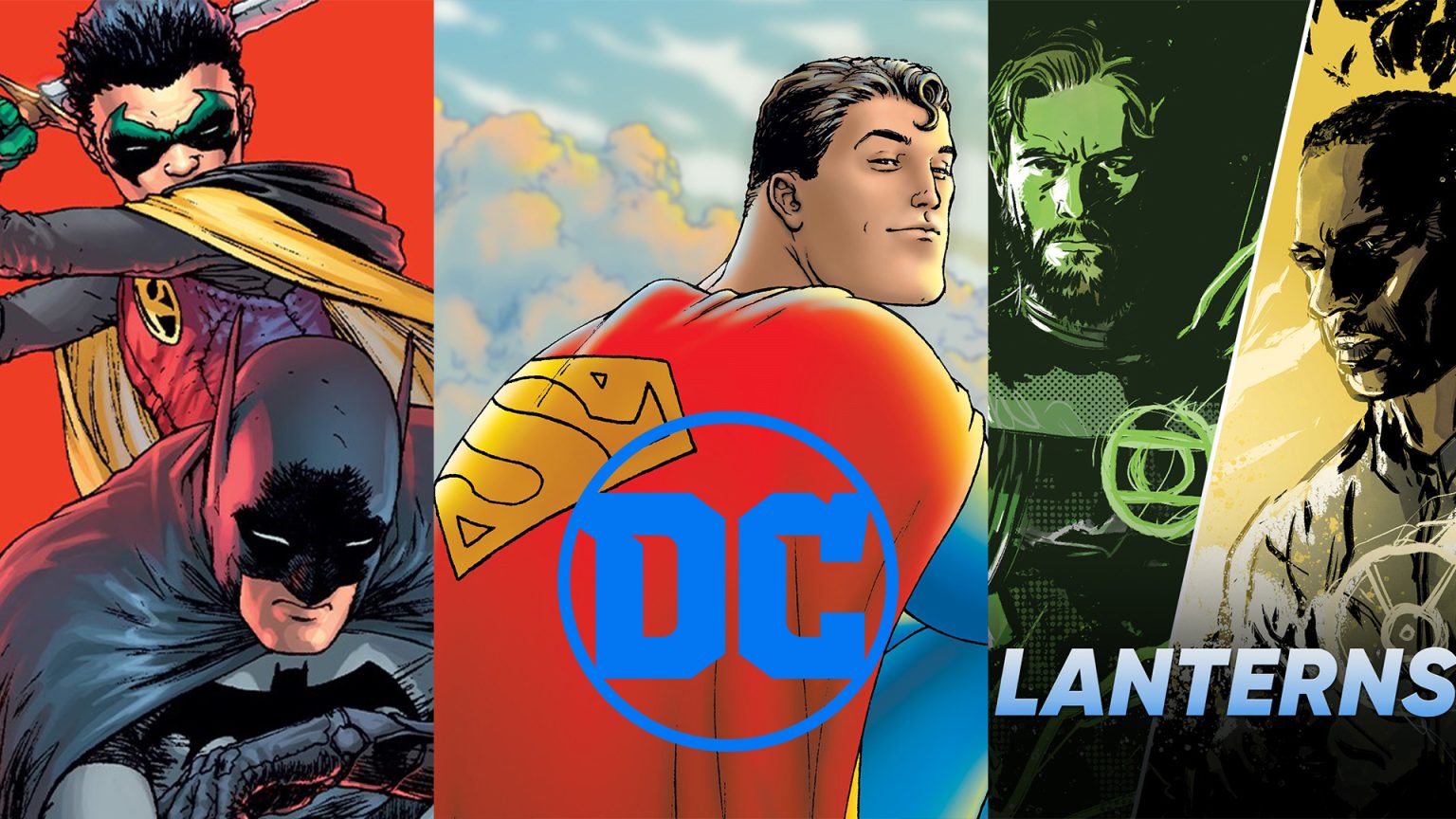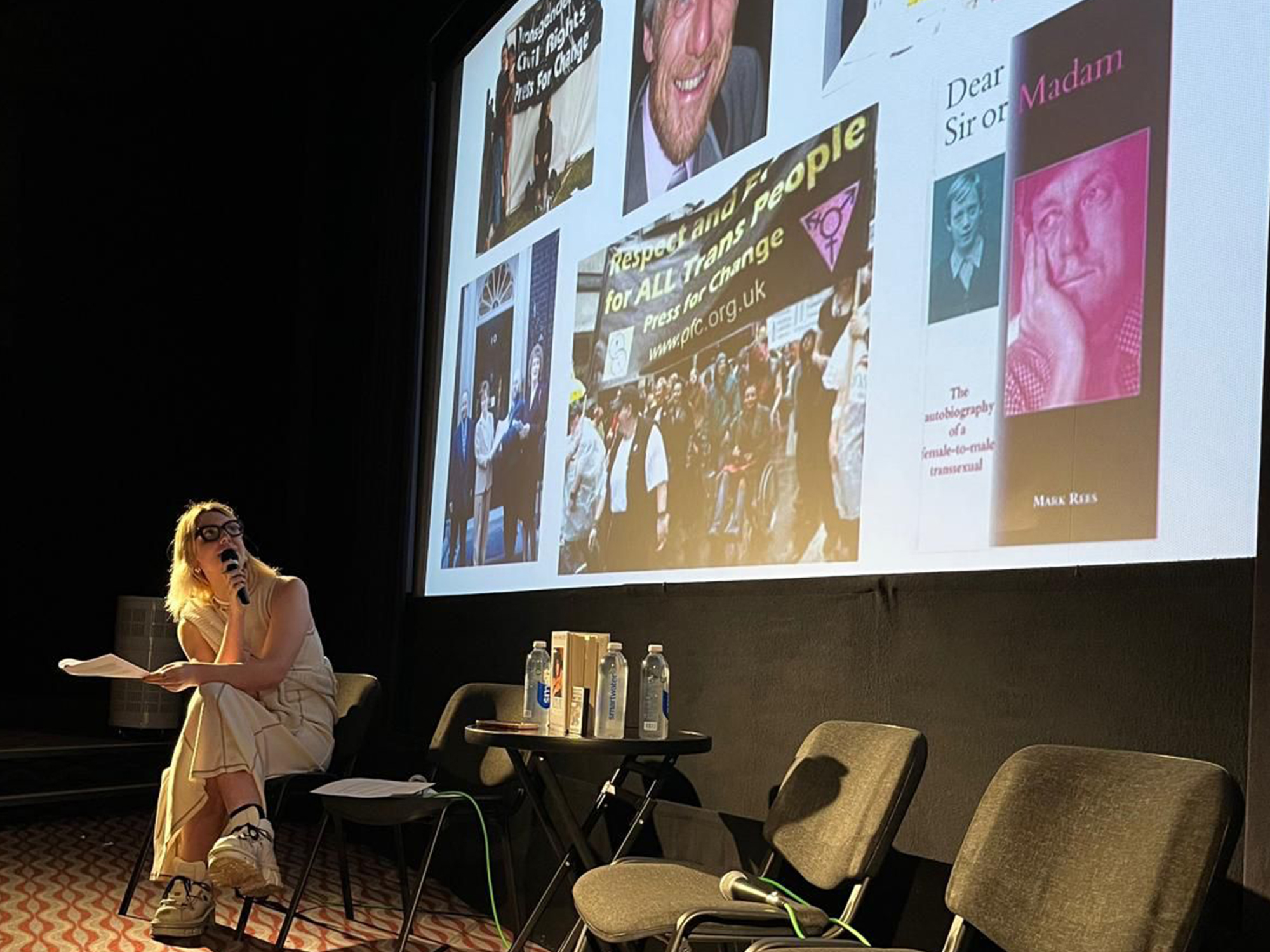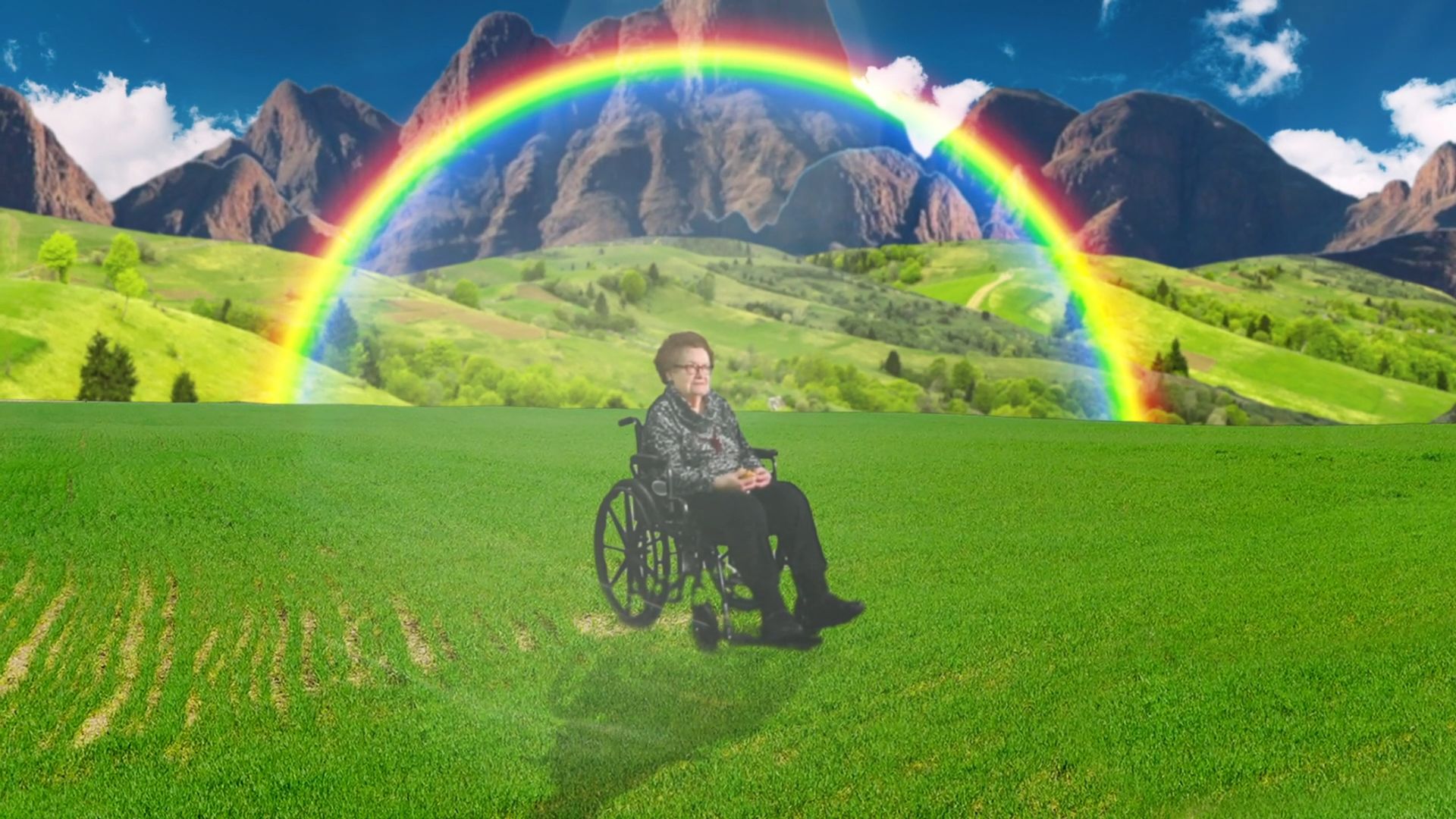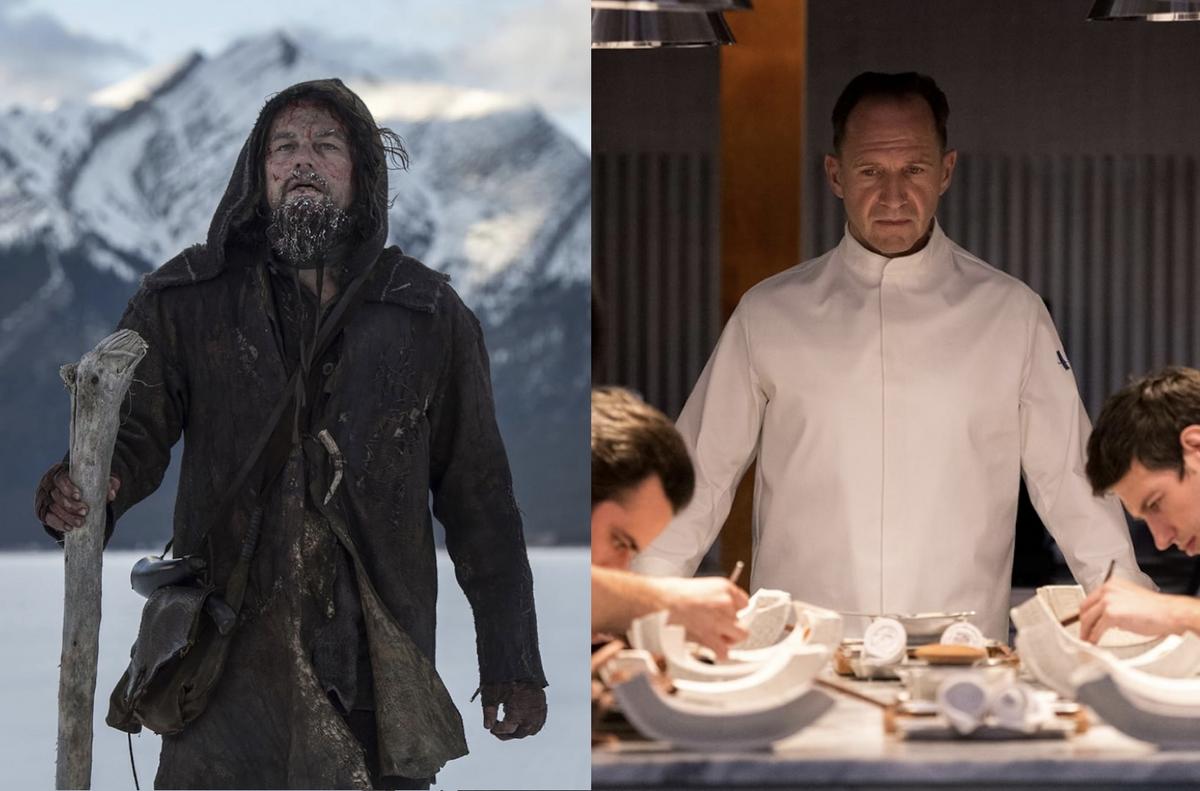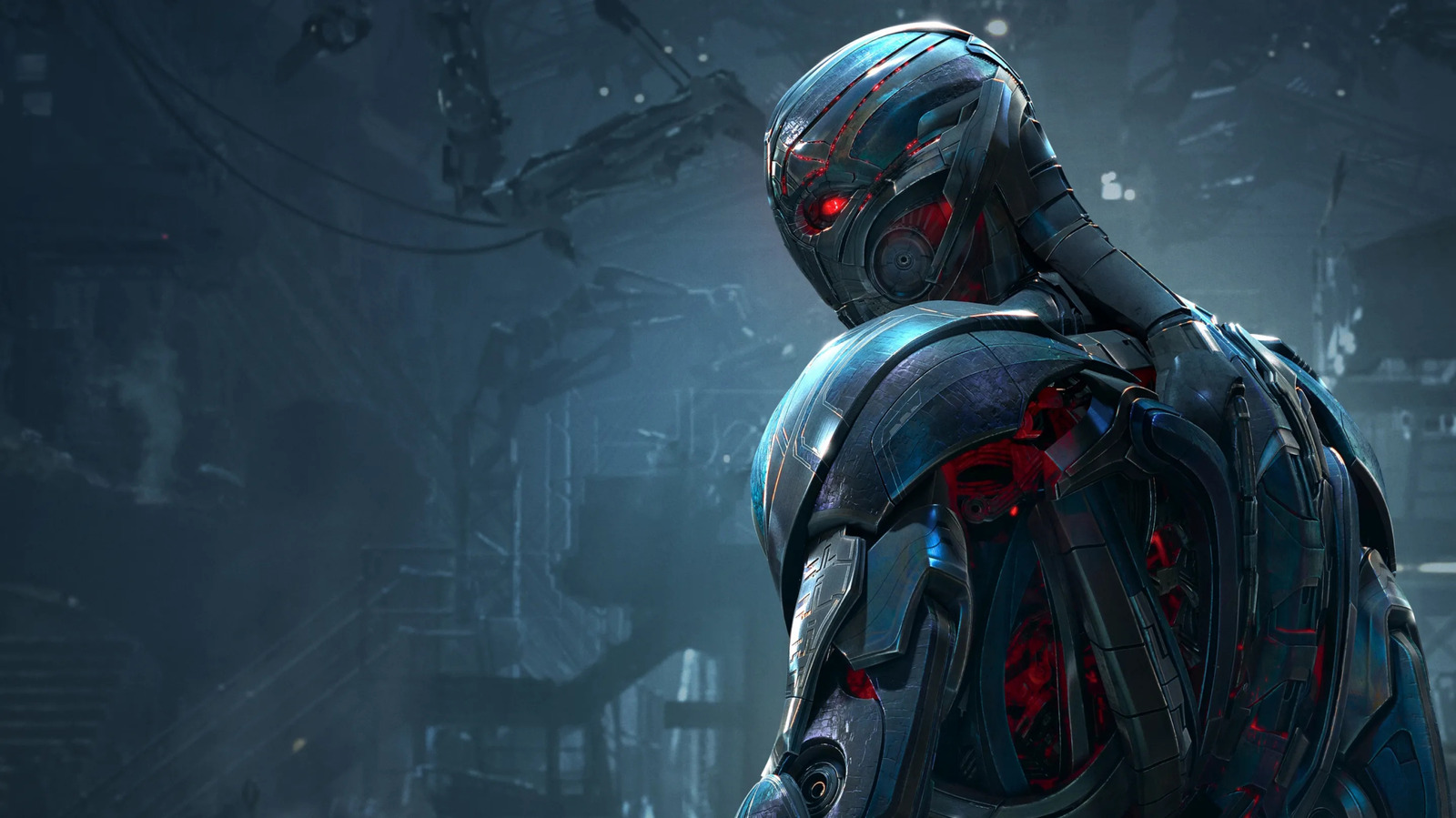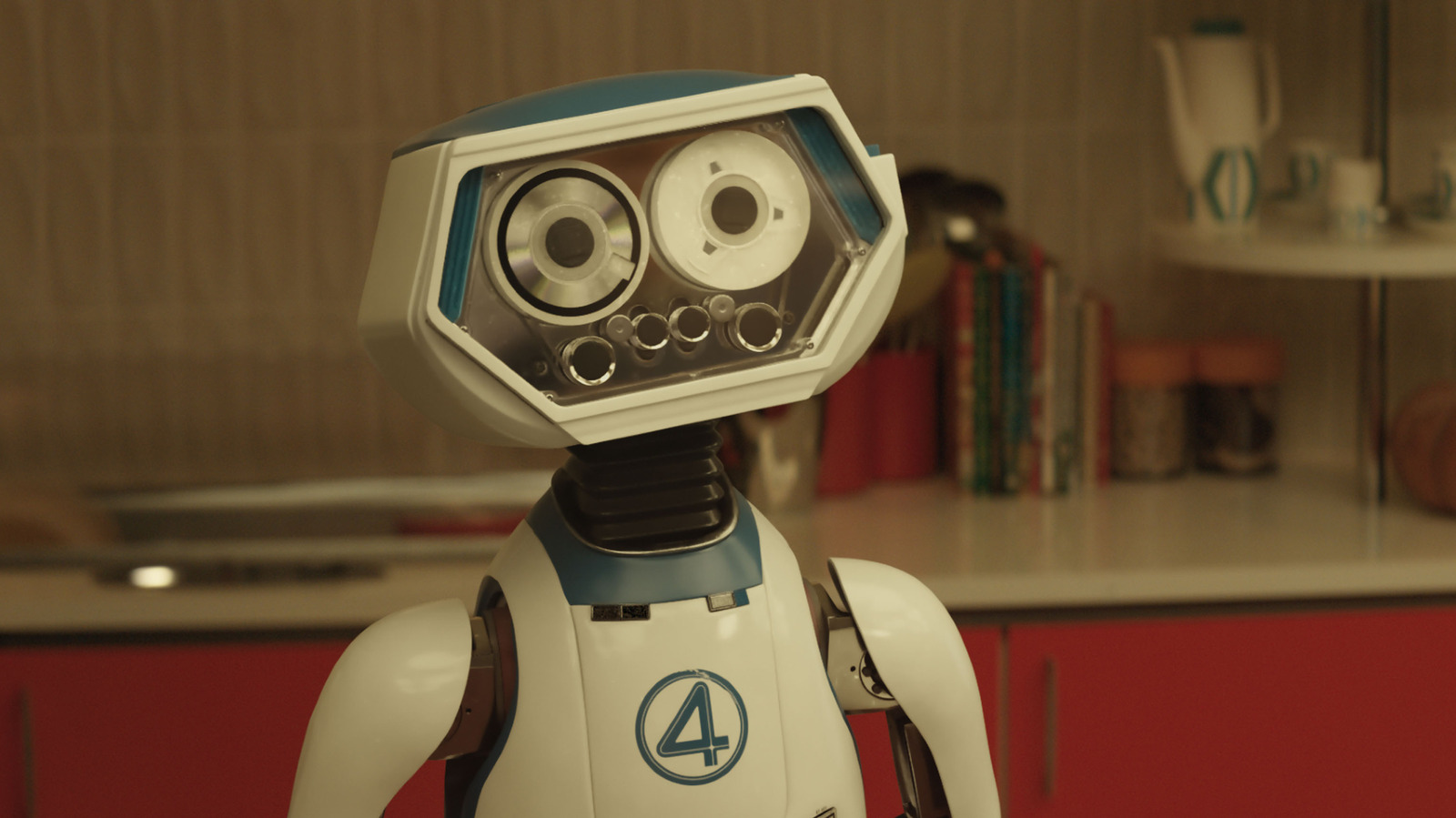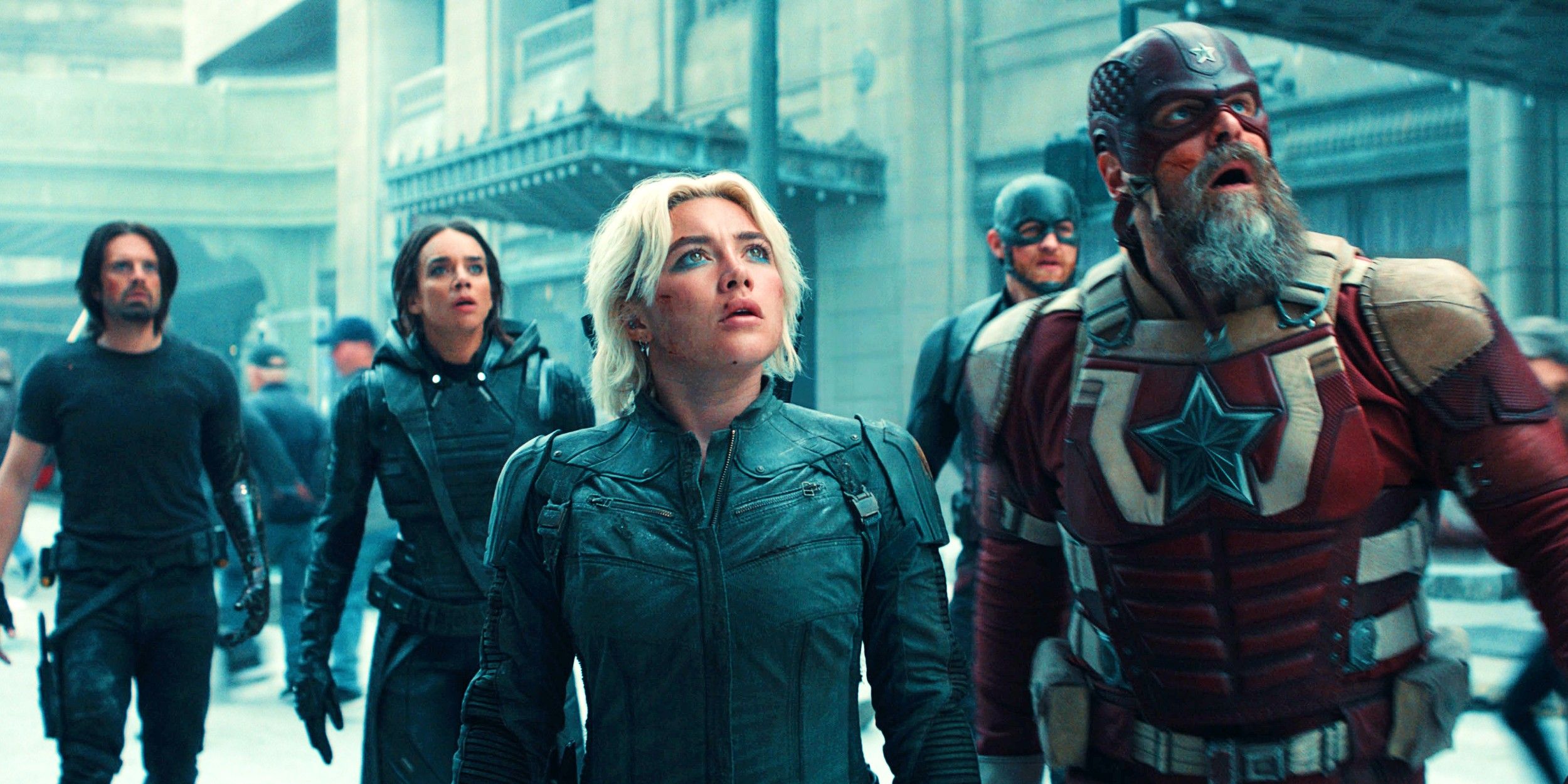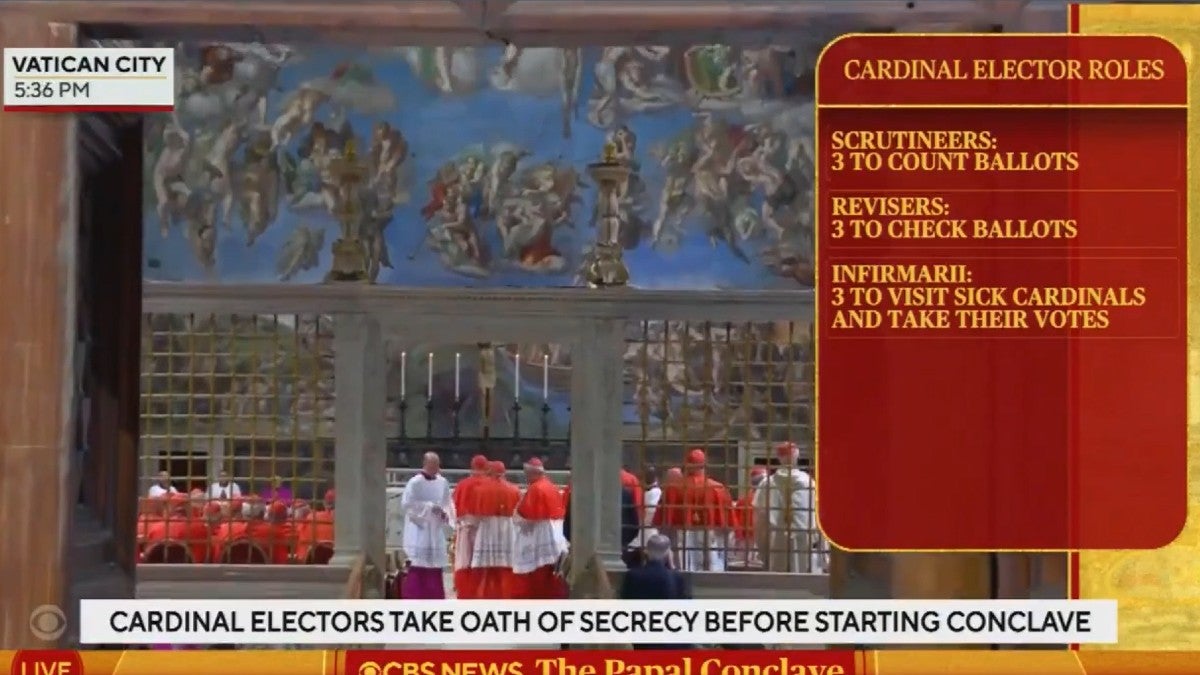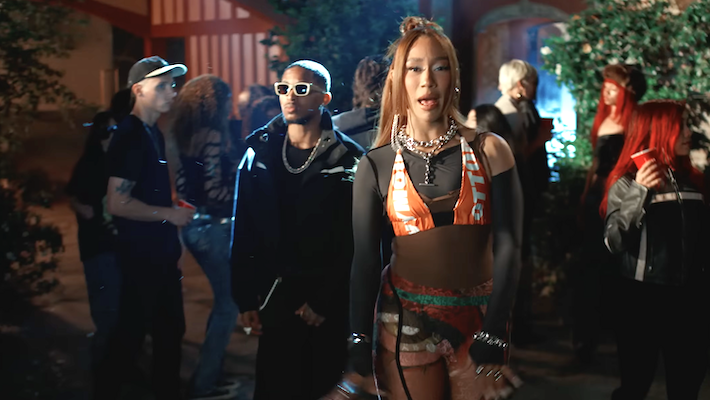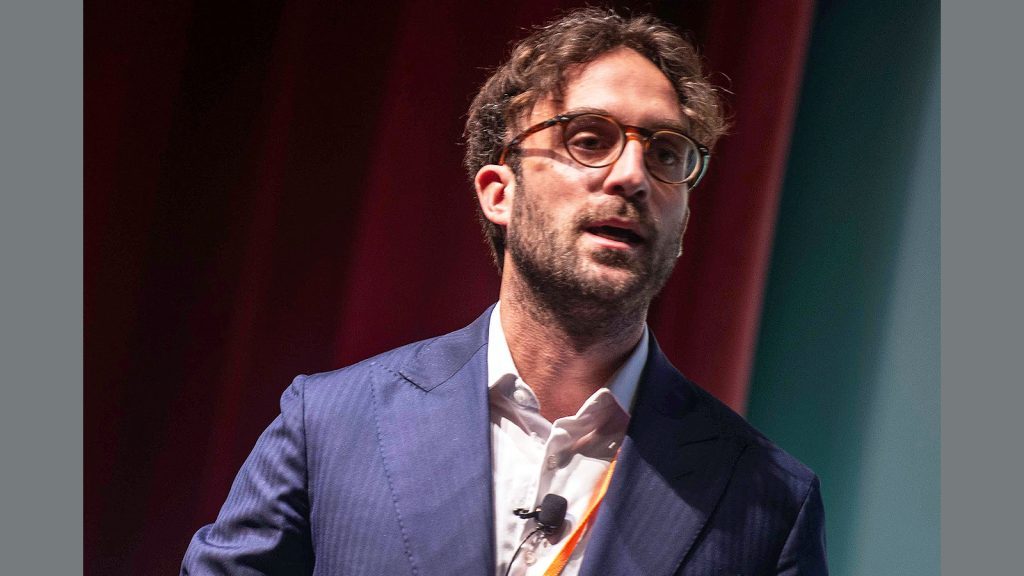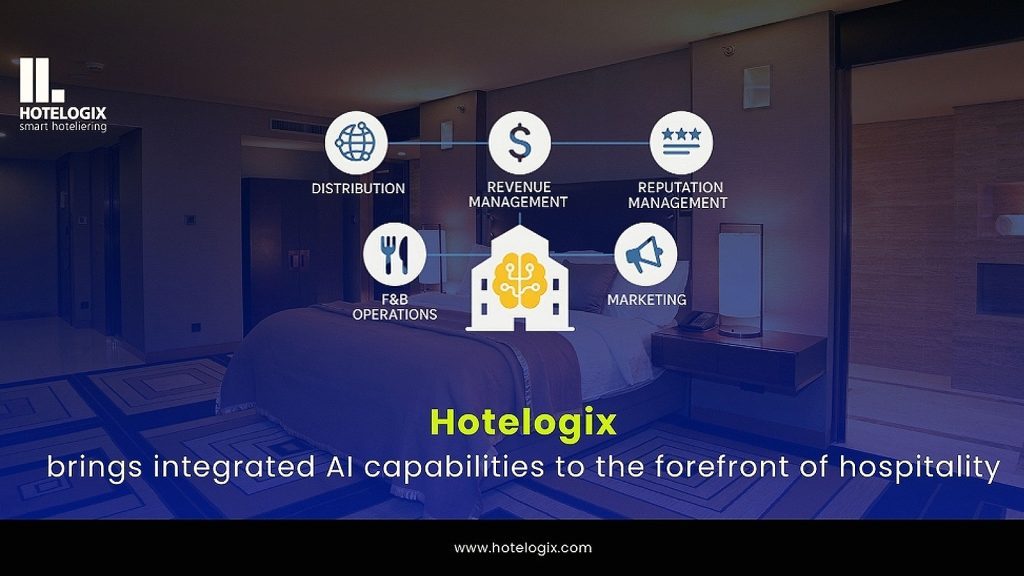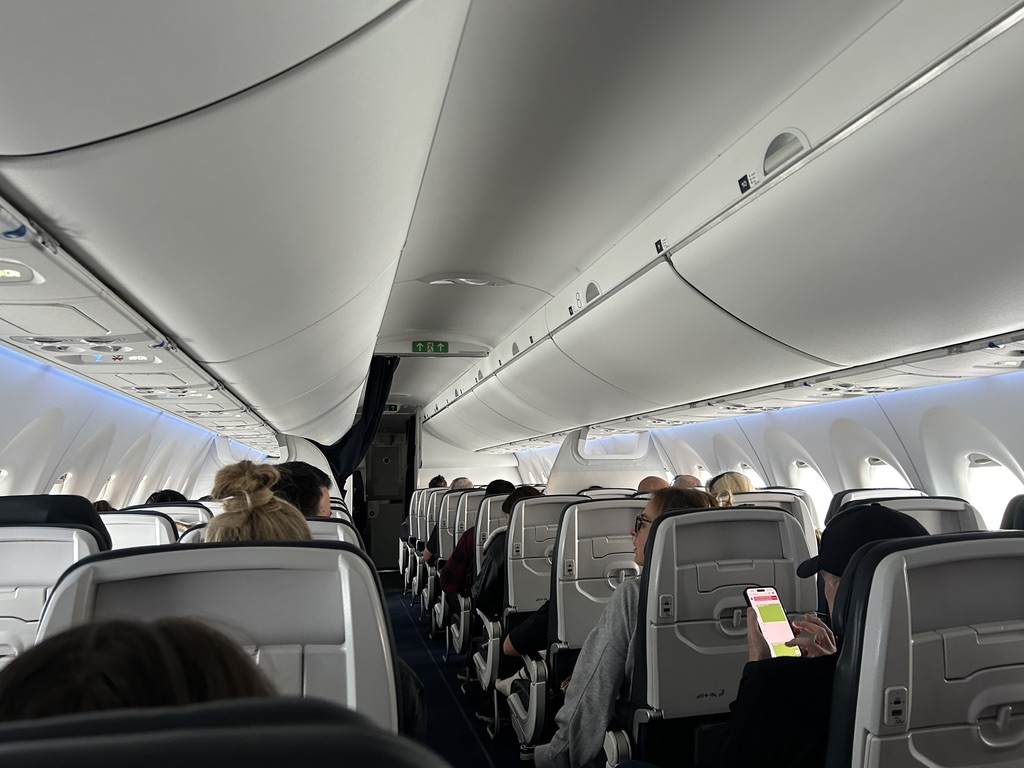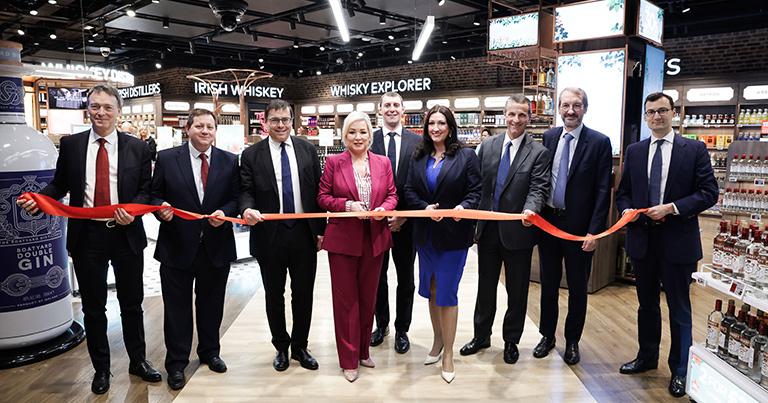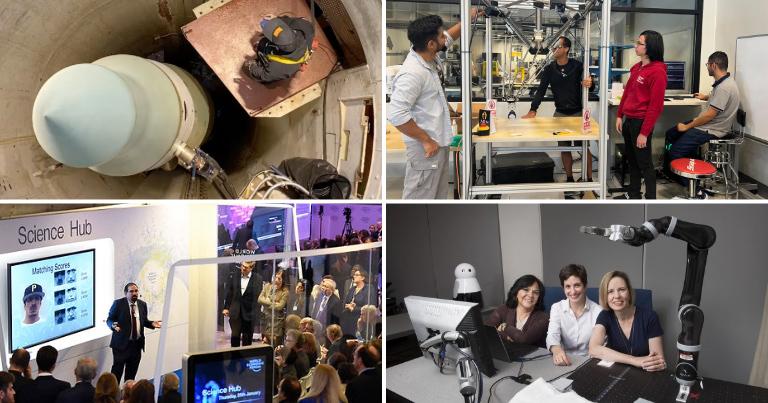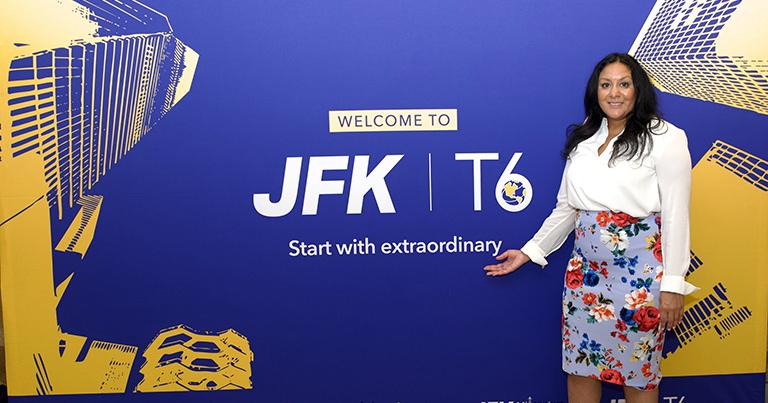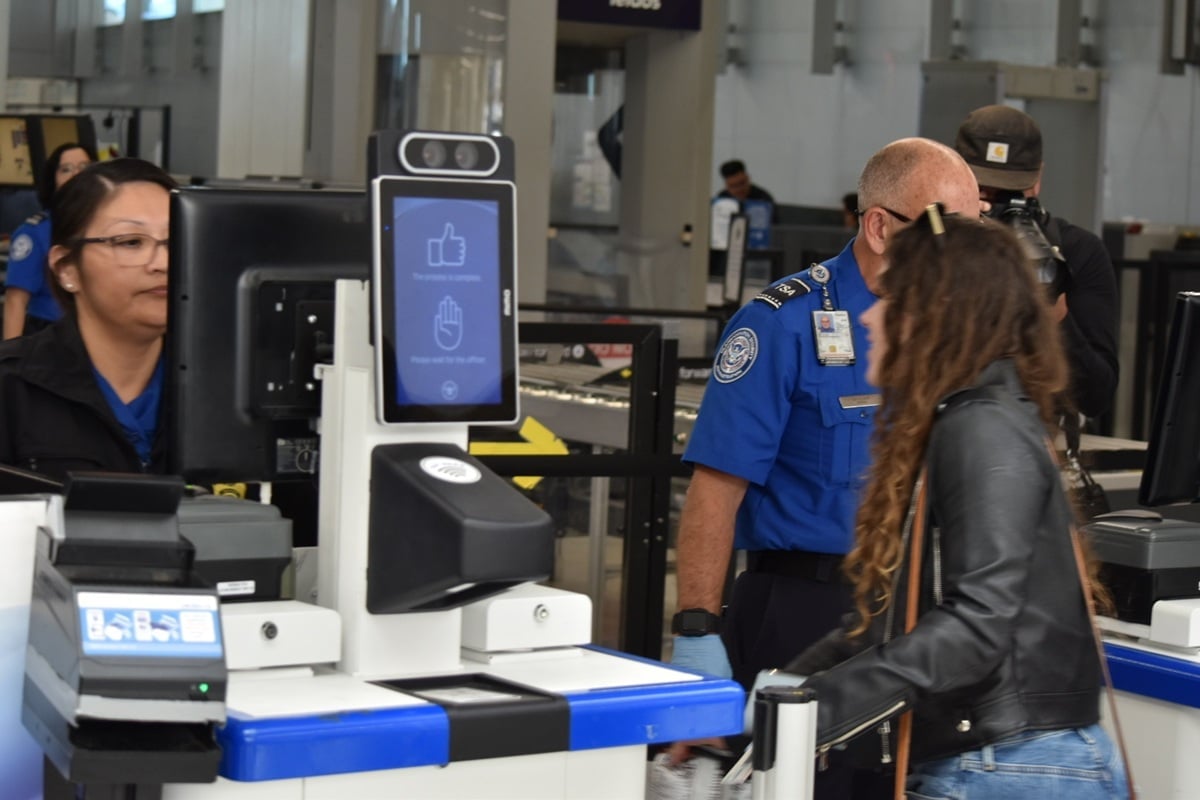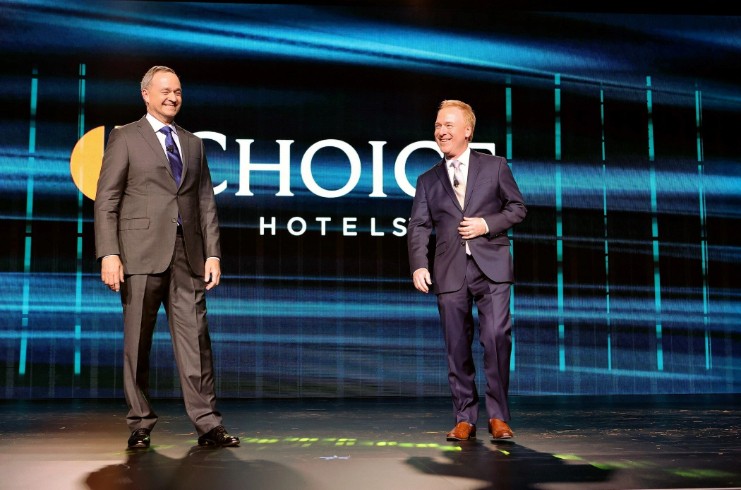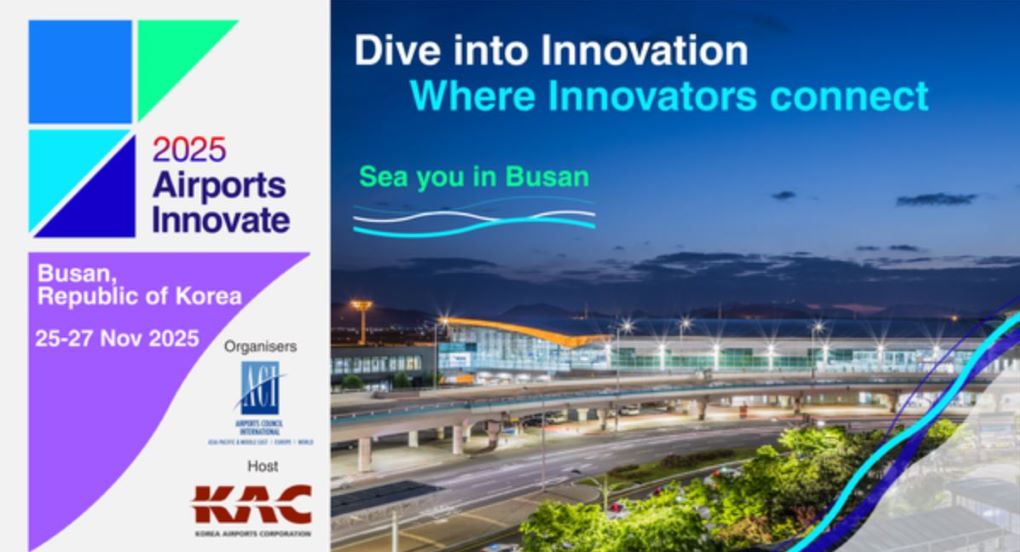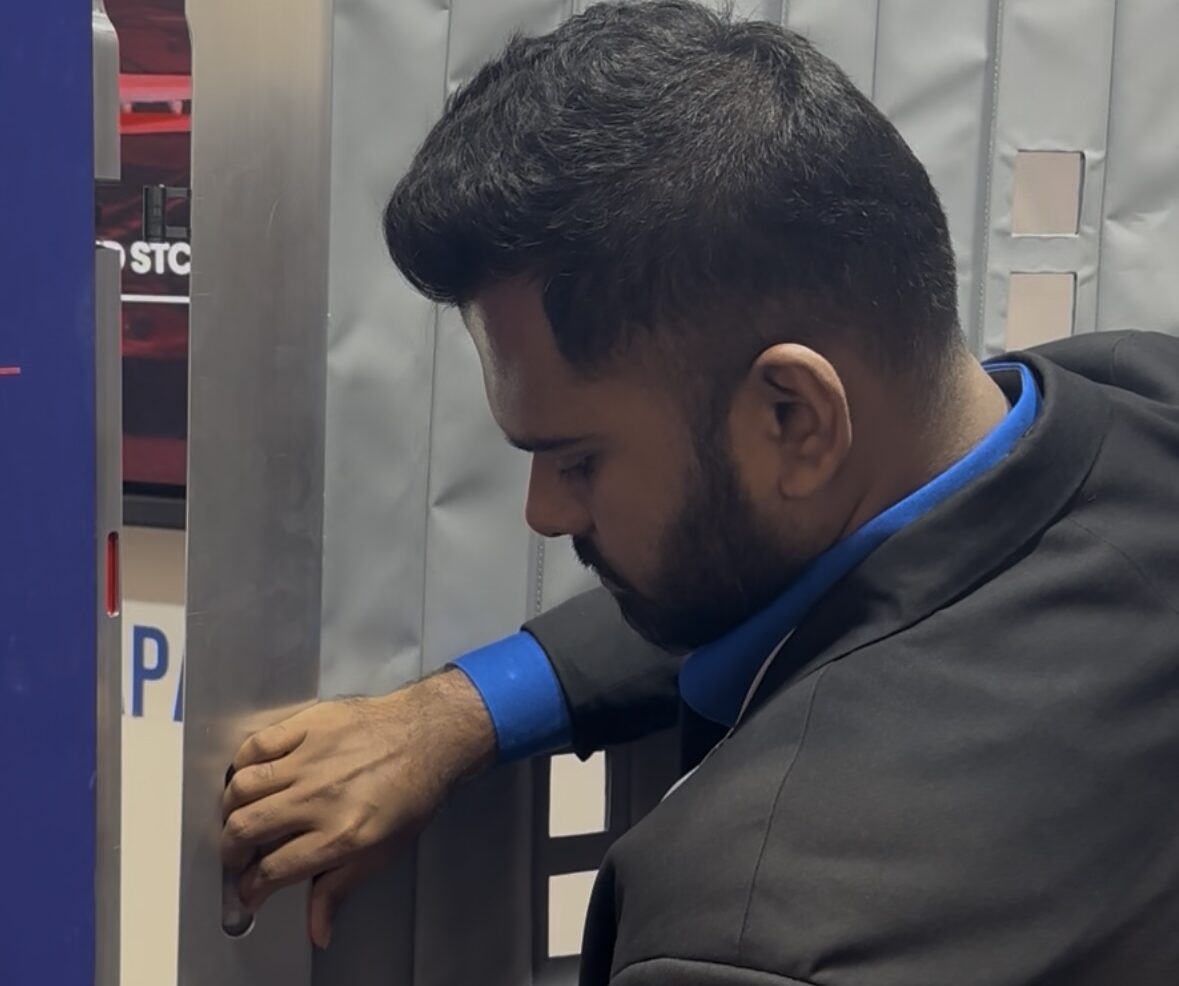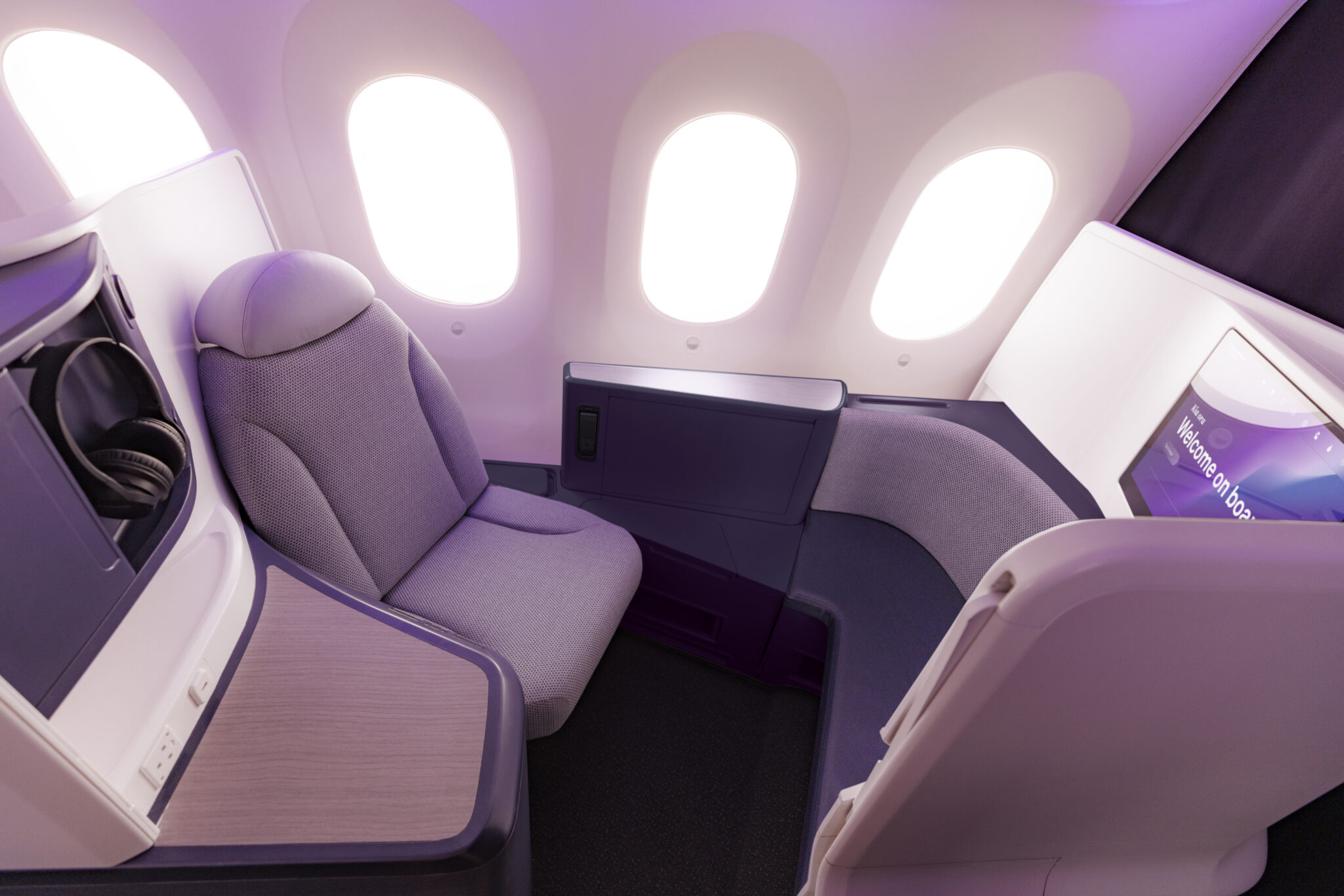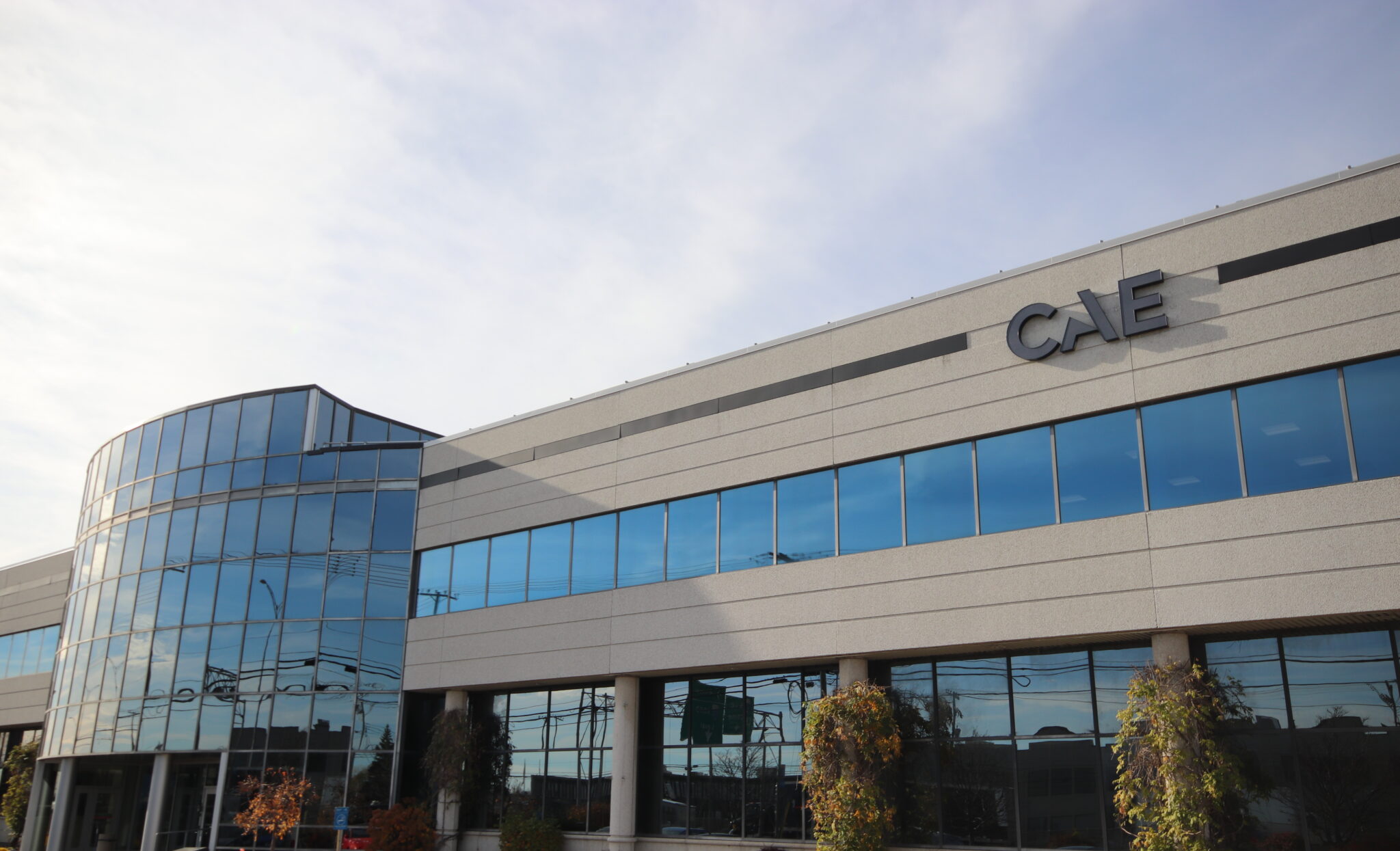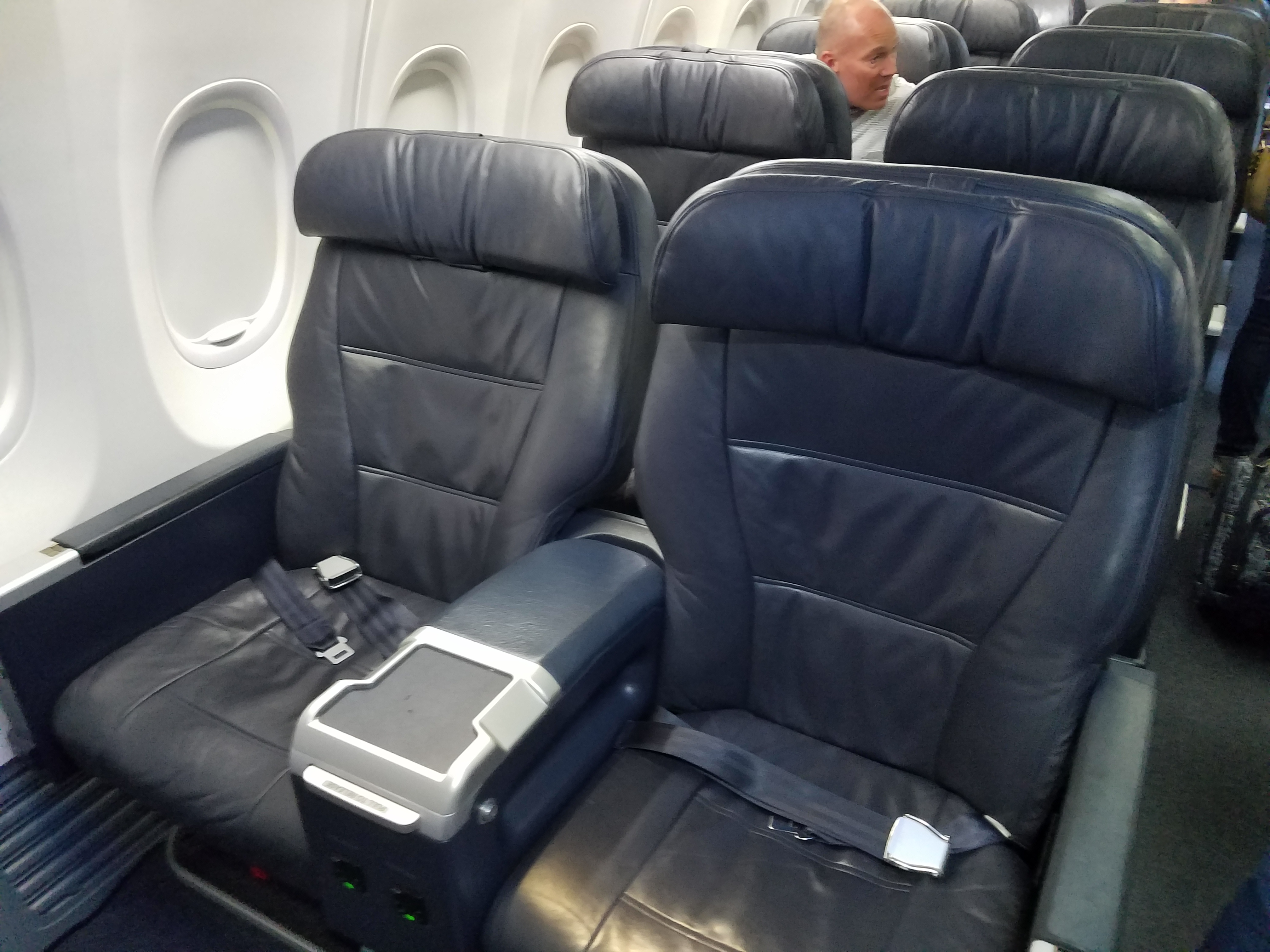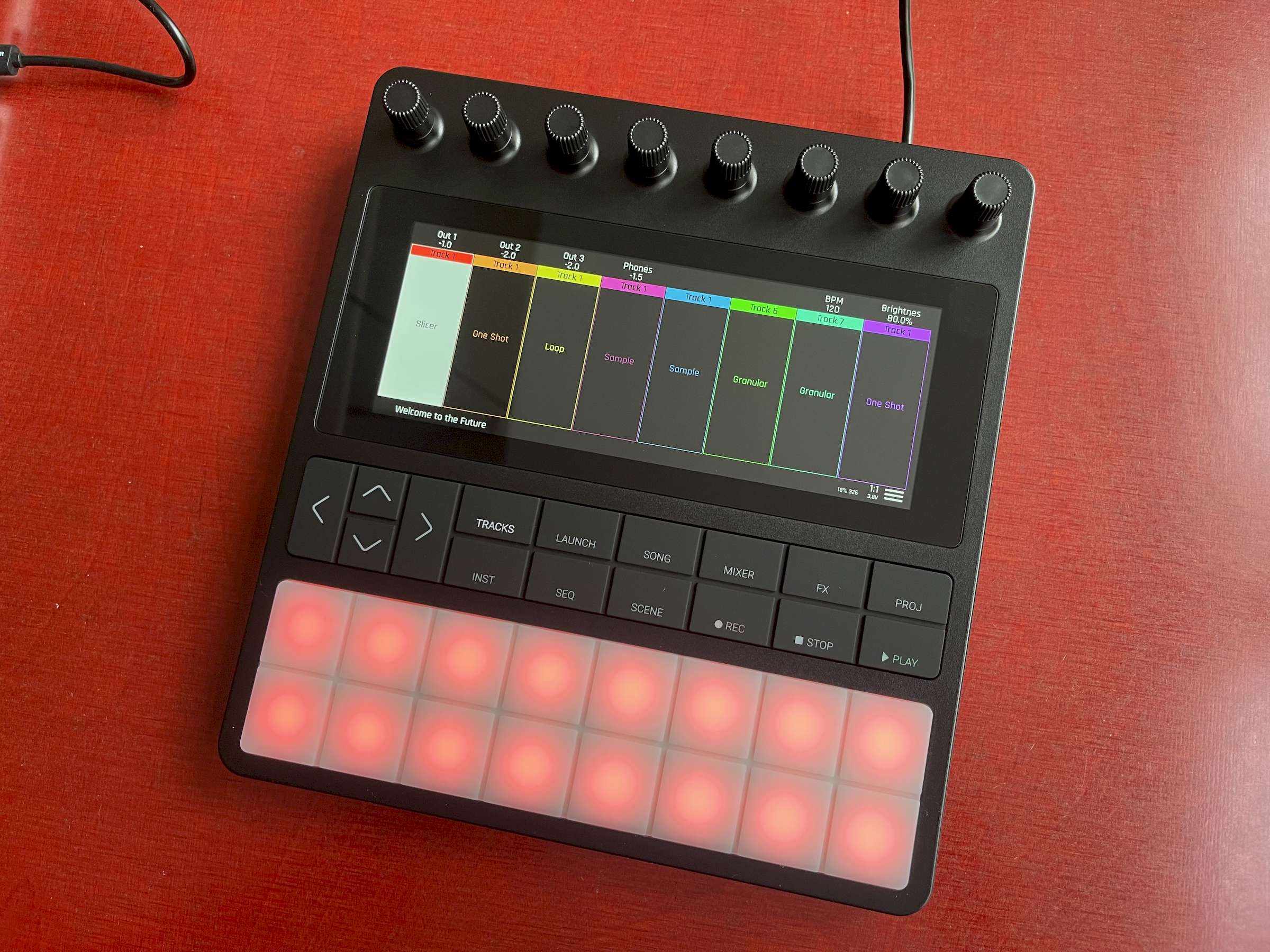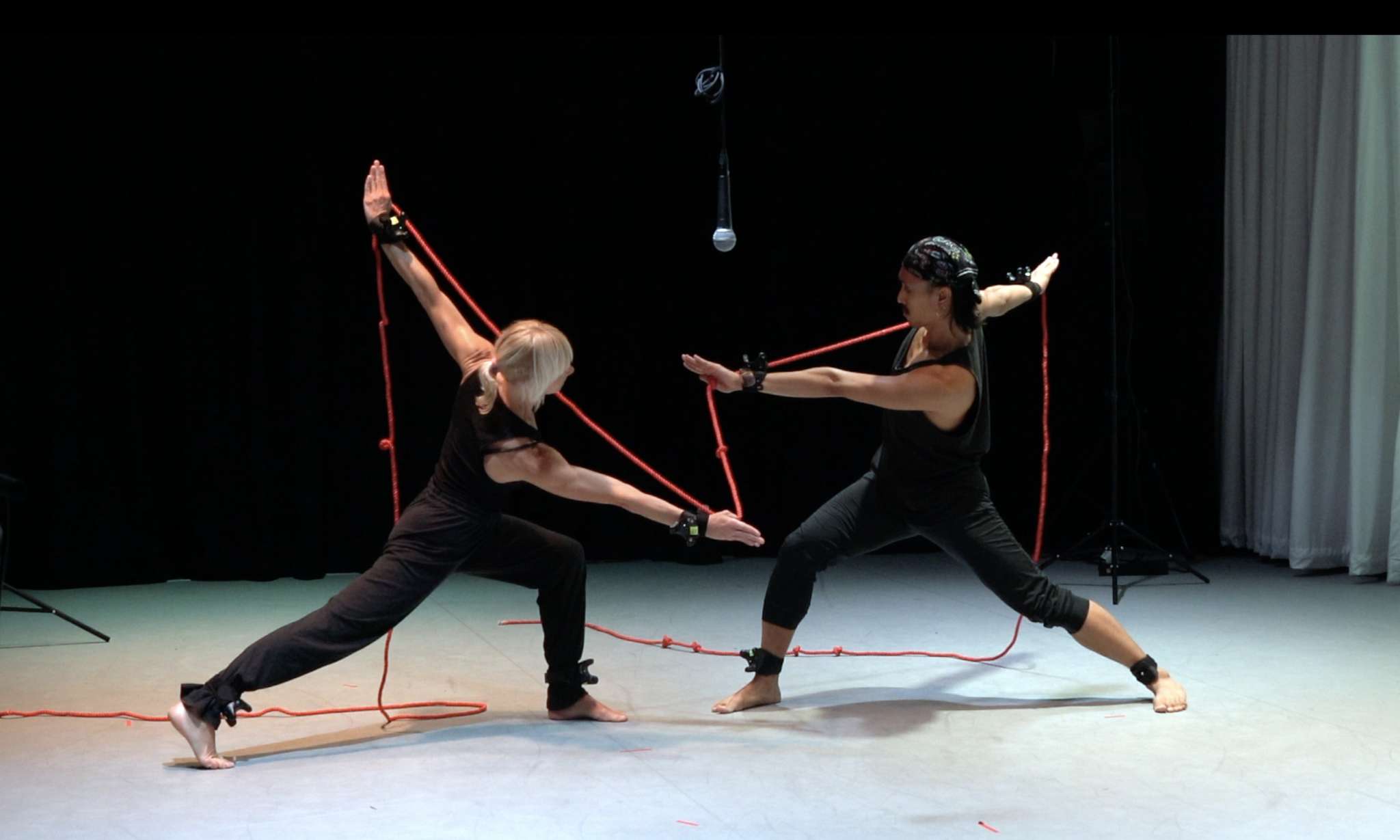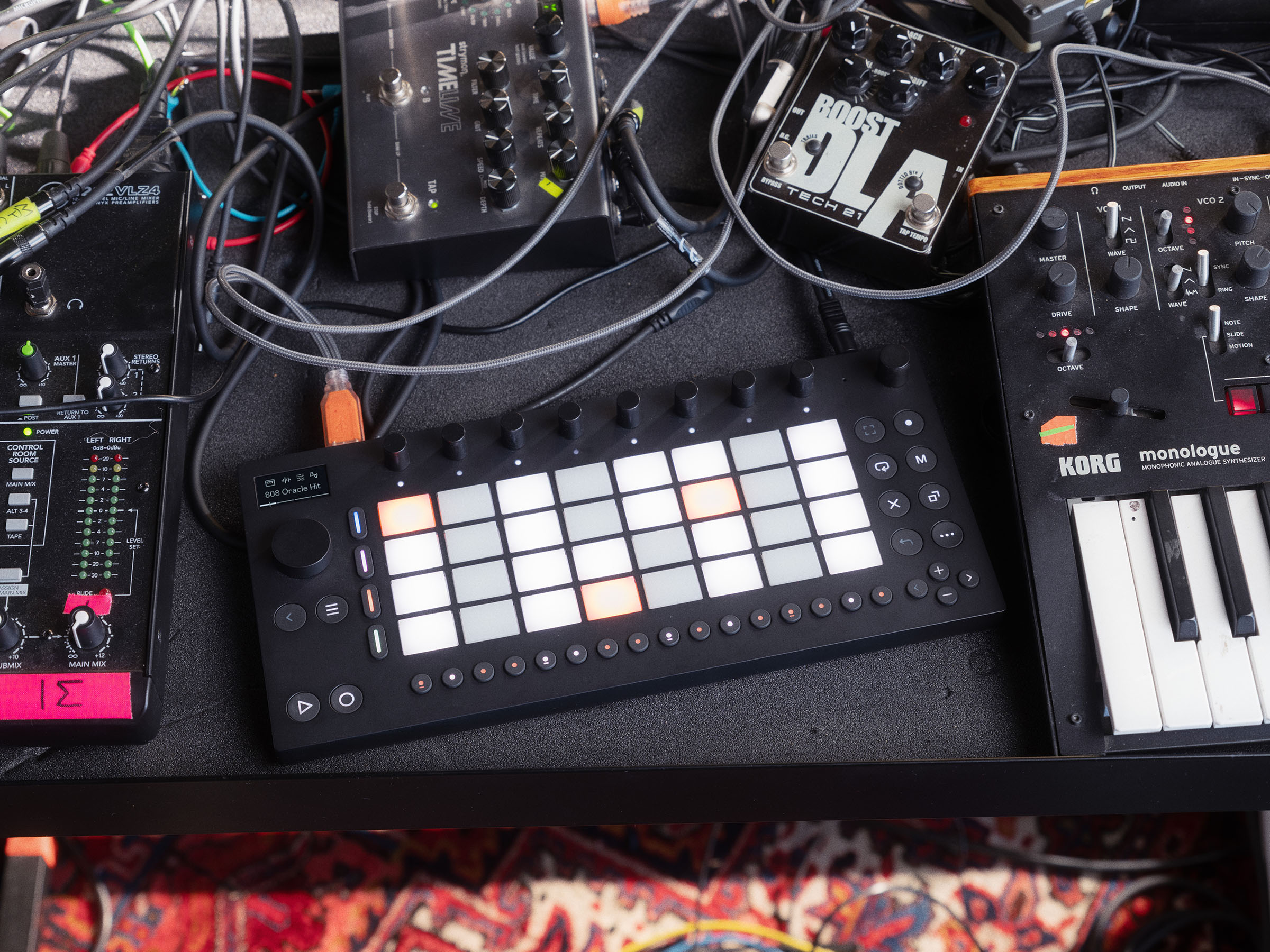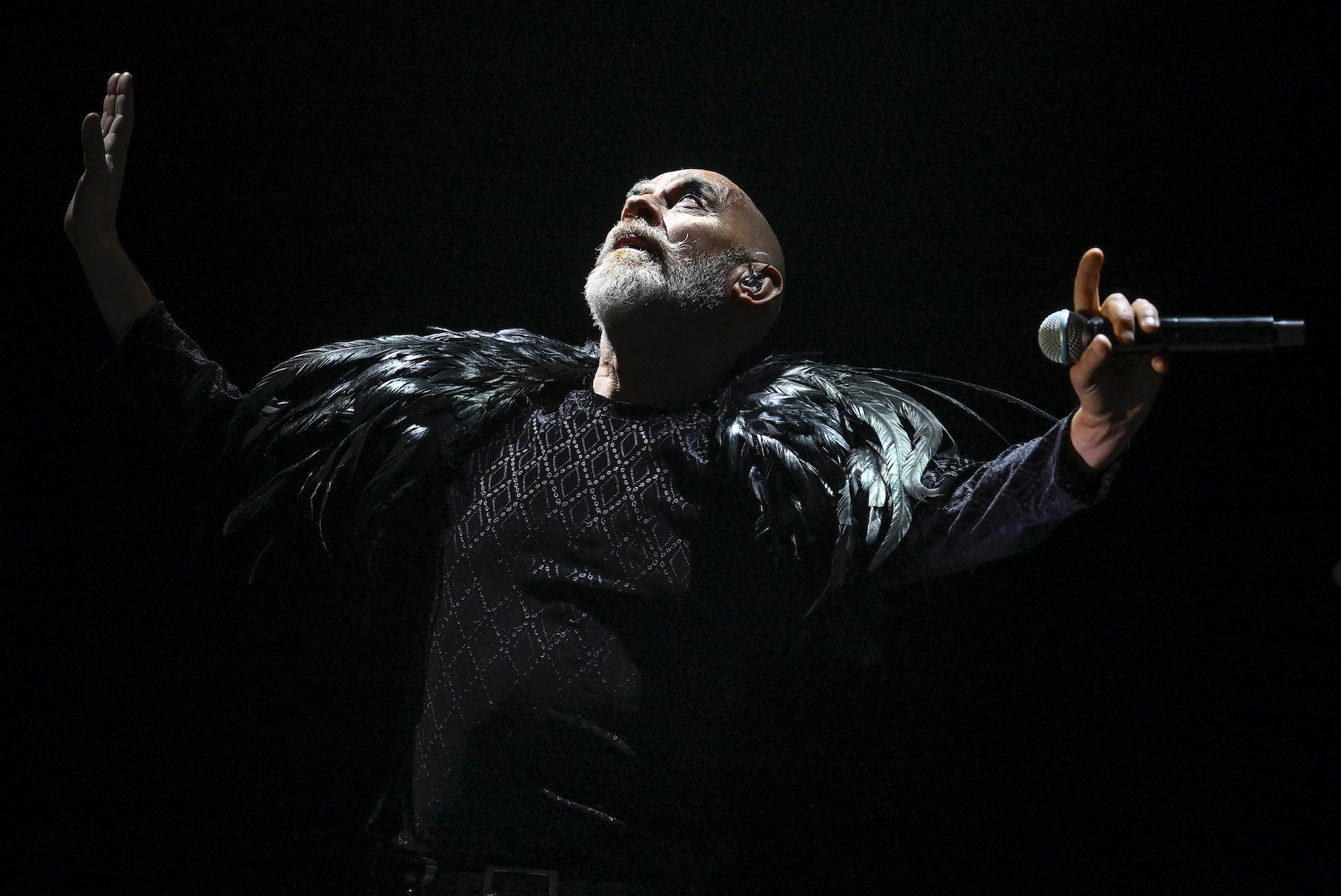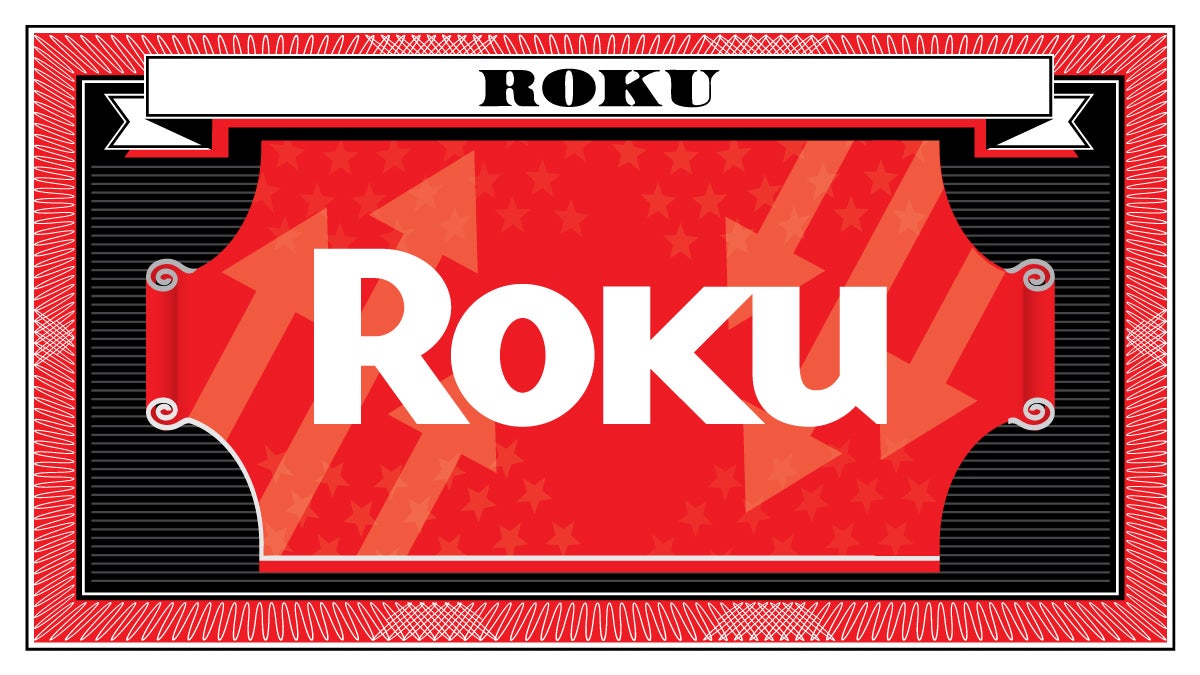SAG-AFTRA Outlines Remaining Sticking Points Over AI in Video Game Contract
Actors' guild rejects video game companies' proposal to make buyout offers for digital replicas and wants protections against their use during a strike The post SAG-AFTRA Outlines Remaining Sticking Points Over AI in Video Game Contract appeared first on TheWrap.
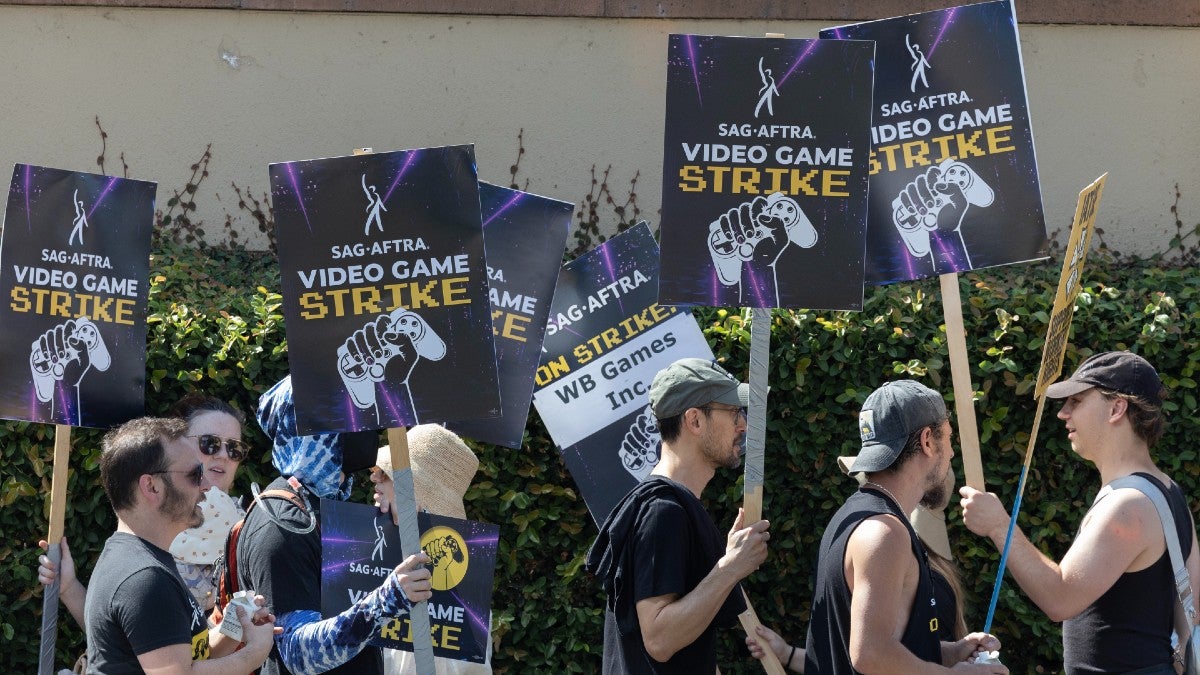
SAG-AFTRA has released its latest counterproposal to the offer made by video game companies’ to end the nine-month strike on interactive media, outlining the remaining sticking points on artificial intelligence protections that have been the sole impasse between the two sides.
The counterproposal, which can be read here, comes ahead of a Wednesday evening membership meeting hosted by the actors’ guild’s negotiating committee for the Interactive Media Agreement, and two days after the companies publicly released their proposal to Variety, calling it their “best and last” offer.
“We are hopeful the union will not choose to walk away when we are so close to a deal,” Audrey Cooling, spokesperson for the video game producers party to the Interactive Media Agreement, said in a statement to Variety. “Our proposal includes wage increases of over 24% for SAG-AFTRA-represented performers in video games, enhanced health and safety protections, industry-leading terms of use for AI digital replicas in-game and additional compensation for the use of an actor’s performance in other games. This is our last and best offer, and we hope the union will return to the table so we can reach a deal.”
SAG-AFTRA condemned the companies’ decision to take their proposal public, saying they had no intention of walking away from talks and had sent their latest counterproposal on May 2, three days after receiving the companies’ offer.
“The statement suggesting that the union would ‘walk away’ from negotiations on this contract is absurd and the opposite of the truth. It is the employers who have threatened – through backchannel representatives – to move work to foreign countries and recast performers, in an unsuccessful effort to intimidate our negotiating committee and membership to capitulate to their demands,” SAG-AFTRA said in their own statement.
“It is the employers who have characterized their last counter as ‘their last and best offer,’ the union has taken no such step,” the statement continued.
The 17-page document released by SAG-AFTRA breaks down the union’s counterproposal on AI protections, showing where the union has reached a tentative agreement with the companies and where it has made concessions. The document is intended to help members understand how the contract language impacts them and their work.
In terms of remaining sticking points, two notable ones remain. SAG-AFTRA is seeking language that guarantees performers’ ability to withhold consent to their likeness and performance being used for digital replicas during a strike.
“Right now, employers have to find another performer to scab as placeholder or stand-in performance during a strike, but without the ability to suspend your Consent they could use your Replica to do it as you,” the guild wrote to members in the document.
SAG-AFTRA also wholly rejected a proposal from the companies that they would offer buyouts for the use of a digital replica “includes unlimited amount of dialogue and/or unlimited amount of new visual performance in scripted cinematic content.” The buyout would have a minimum of six times the applicable minimum scale for three years of unlimited digital replica use, after which time the buyout could be renewed or terminated, with the latter case resulting in the company no longer generating new material with the replica.
SAG-AFTRA says it fundamentally opposes buyouts, calling them a “purposeful discount to employers” and “make it harder for performers to make a sustainable living,” as the performers who would work enough sessions on a project for a company to want to offer a digital replica buyout would earn far less under buyout pay than they would doing all the sessions.
“We reject unlimited DR use buyouts without a strong, clear justification. Employers have urged that Real-Time Generation and visual performance outside cinematics are difficult to track and pay by specific amount of use. We have repeatedly asked for why they can’t pay by specific amount of use for performance they do typically track, meaning dialogue and visual performance for cinematics. No answer,” the union wrote.
SAG-AFTRA previously went on a video game strike in 2016 that lasted for 11 months before being resolved in September 2017. While the strike is affecting video games on a case-by-case basis, the companies that are signatories to the Interactive Media Agreement are Activision, Blindlight, Disney Character Voices, Electronic Arts, Formosa Interactive, Insomniac Games, Llama Productions, Take 2 , VoiceWorks and WB Games.
TheWrap has reached out to spokespersons for the video game companies for further comment.
The post SAG-AFTRA Outlines Remaining Sticking Points Over AI in Video Game Contract appeared first on TheWrap.




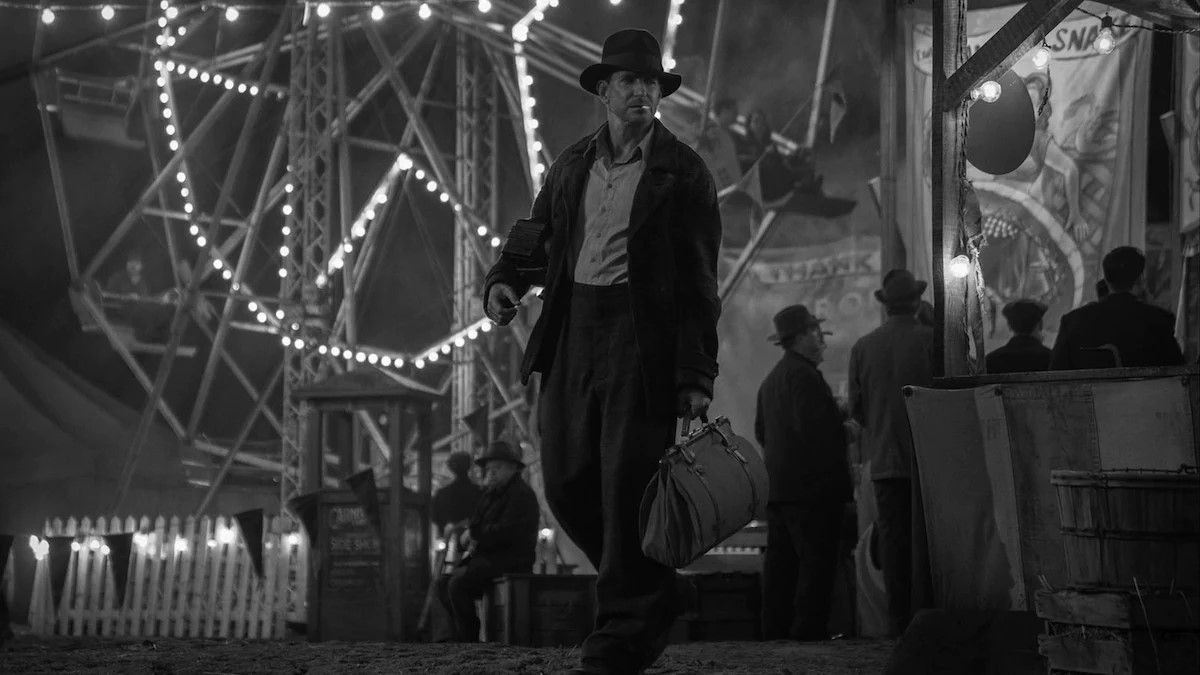

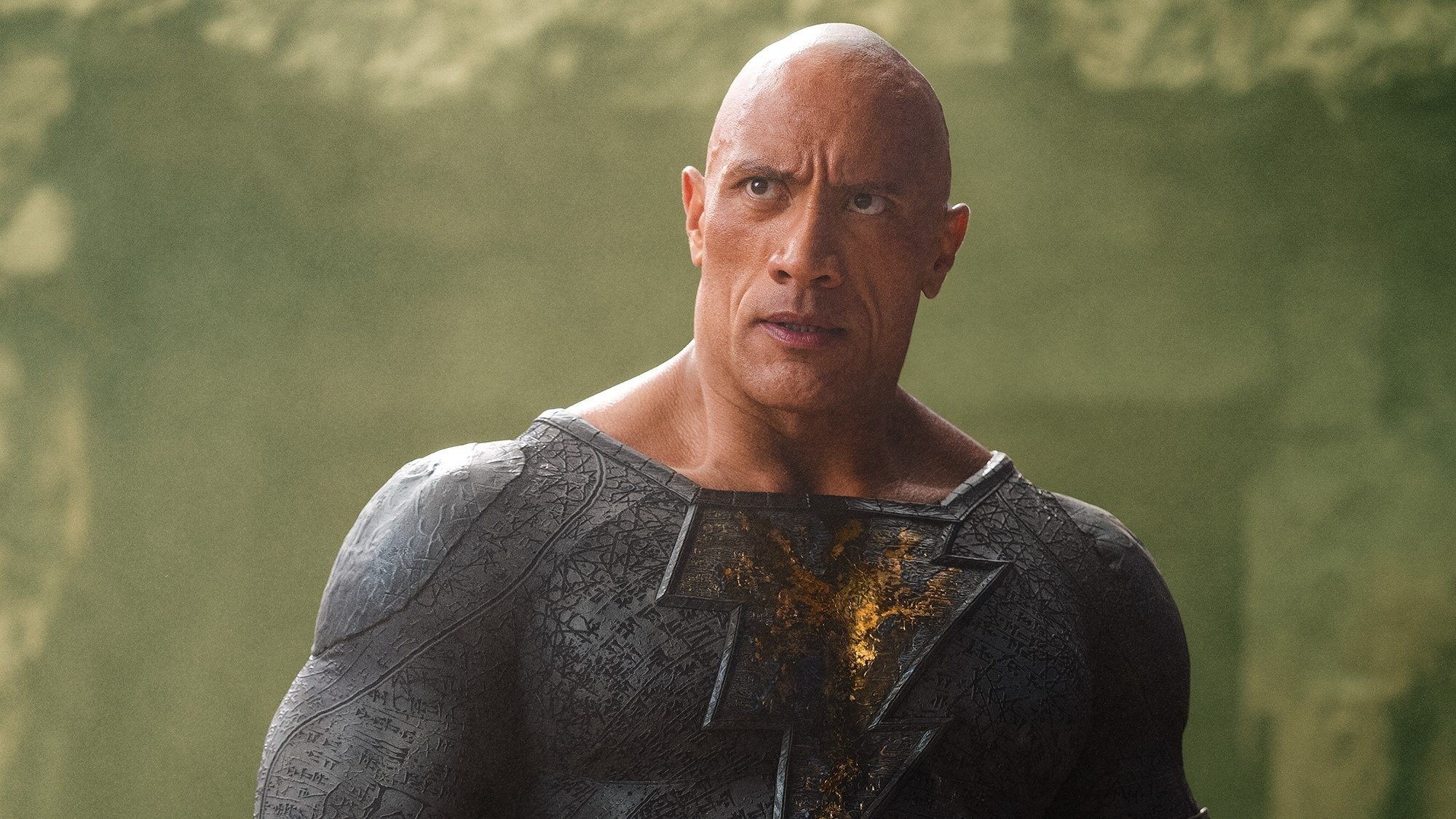
![White Paper Games Announces Psychological Thriller ‘I Am Ripper’ [Trailer]](https://bloody-disgusting.com/wp-content/uploads/2025/05/iamripper.jpg)












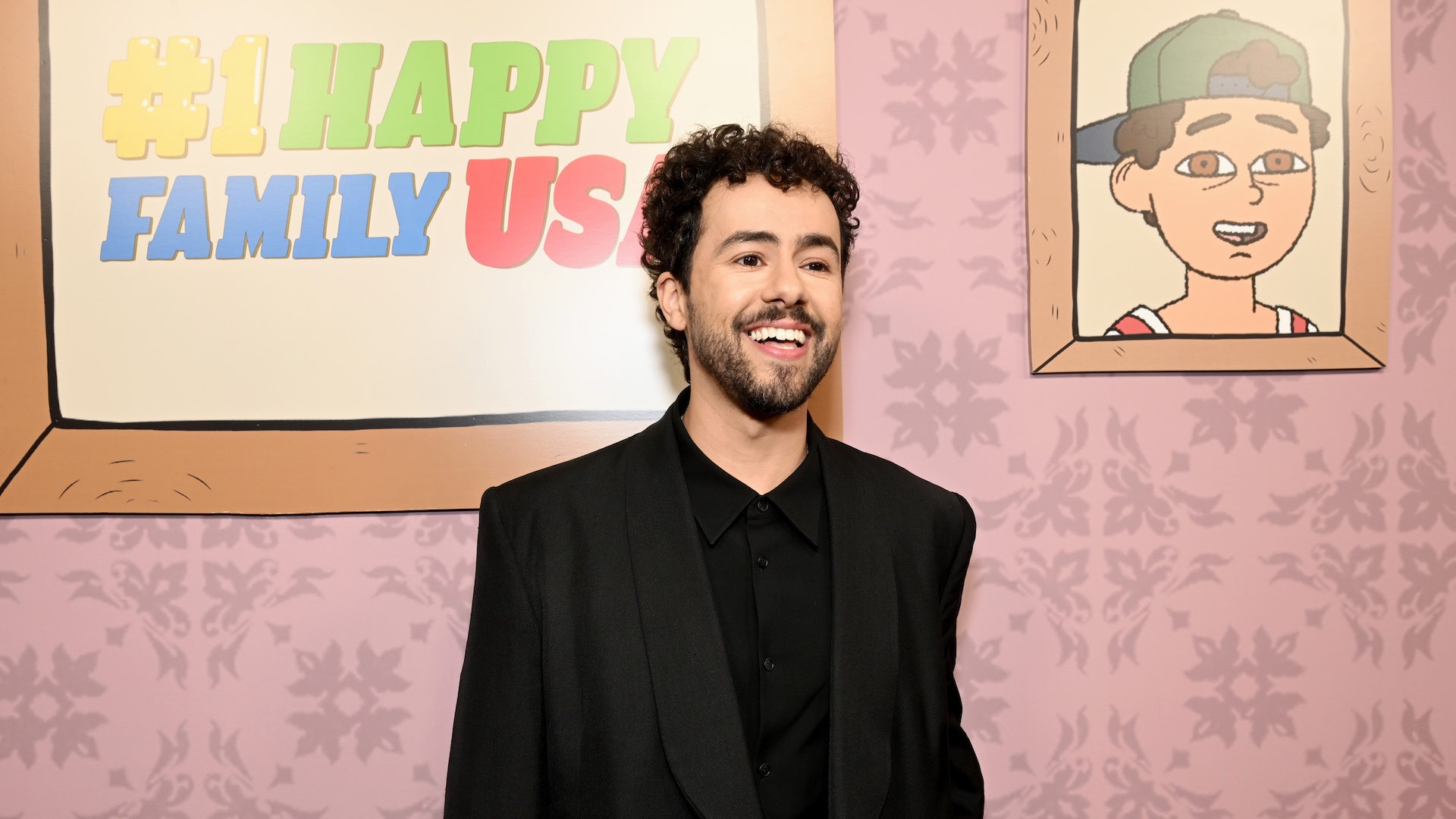


















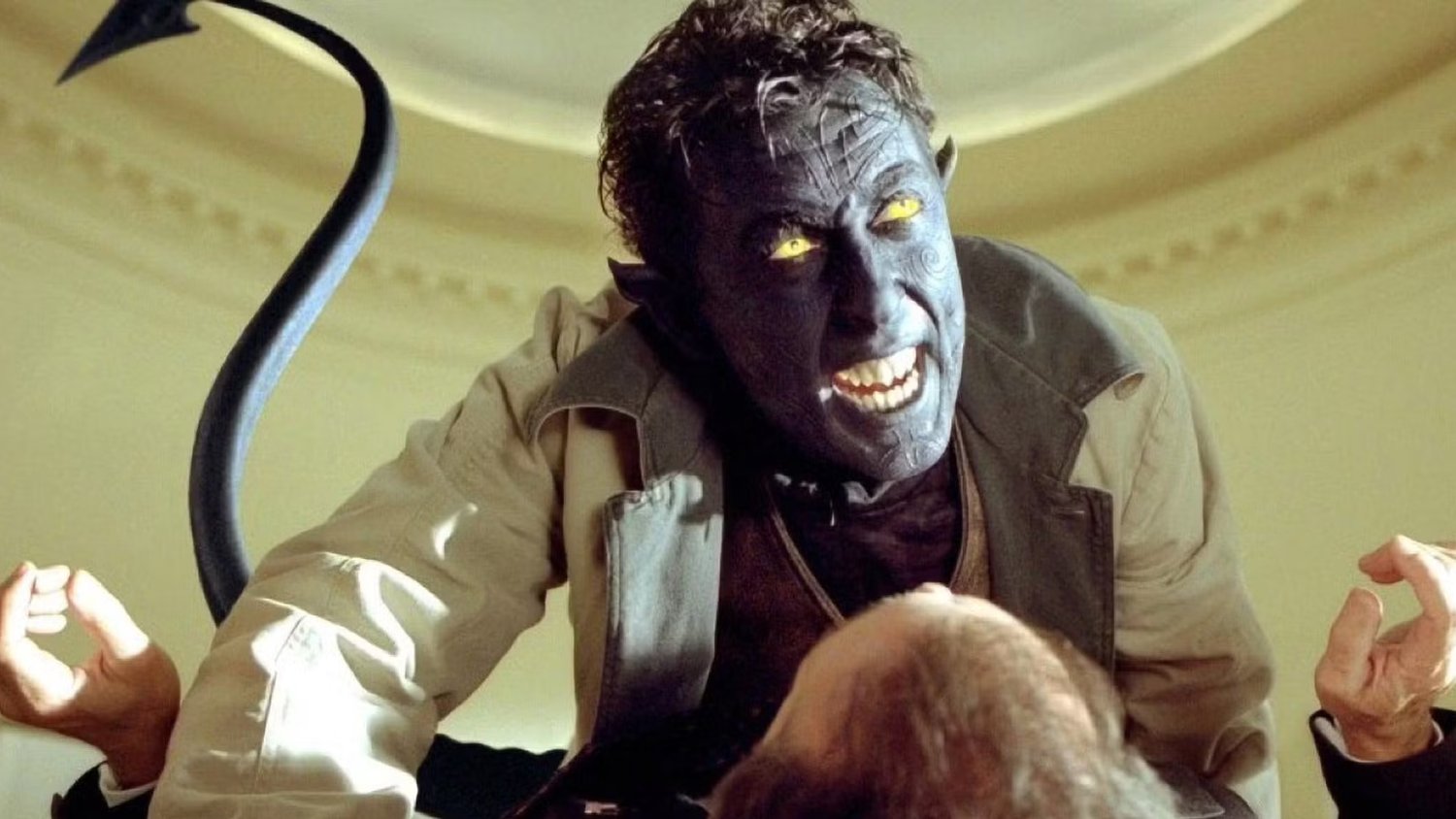
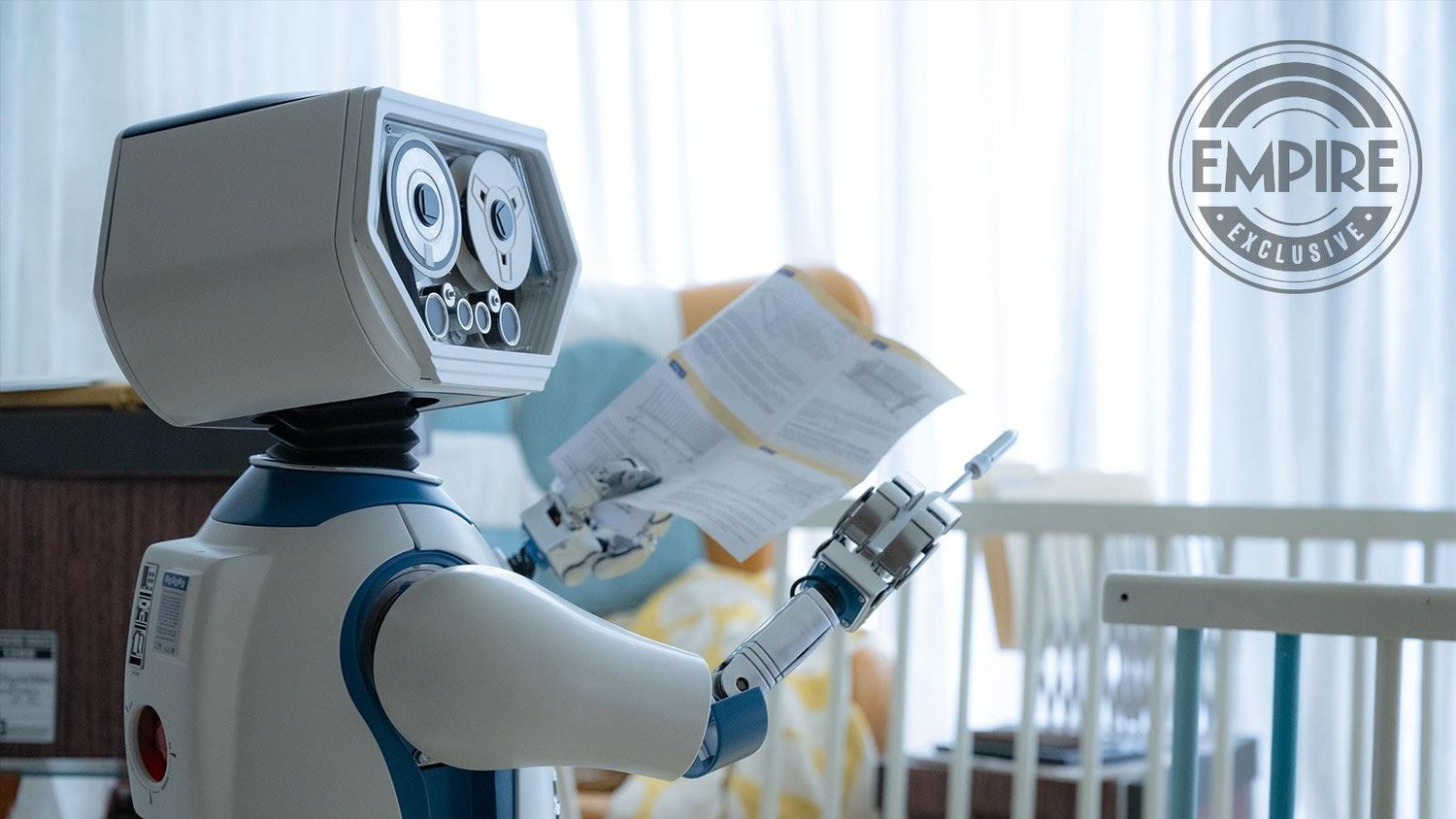

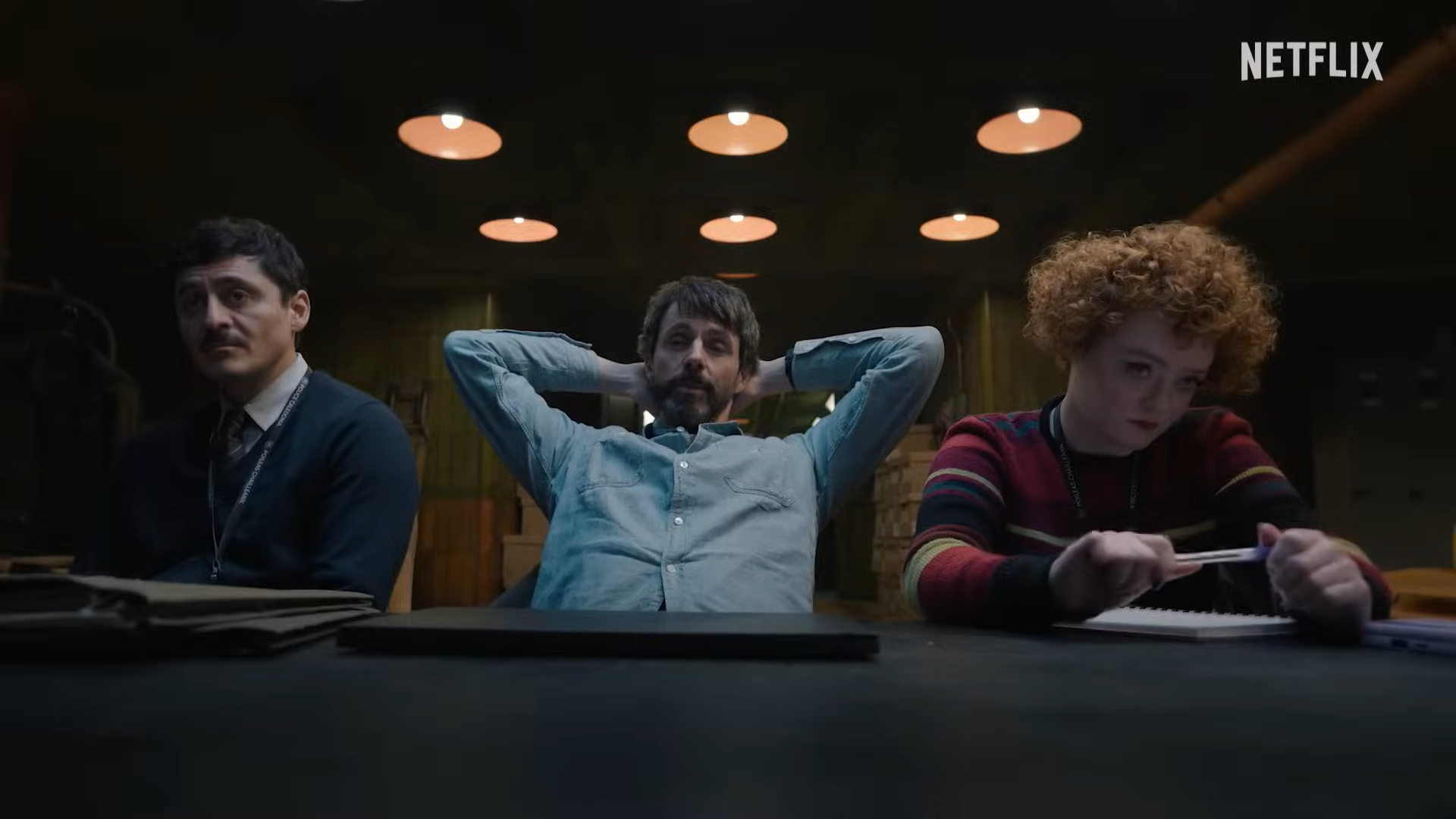.png?format=1500w#)











![Hollow Rendition [on SLEEPY HOLLOW]](https://jonathanrosenbaum.net/wp-content/uploads/2010/03/sleepy-hollow32.jpg)
![It All Adds Up [FOUR CORNERS]](https://jonathanrosenbaum.net/wp-content/uploads/2010/08/fourcorners.jpg)

